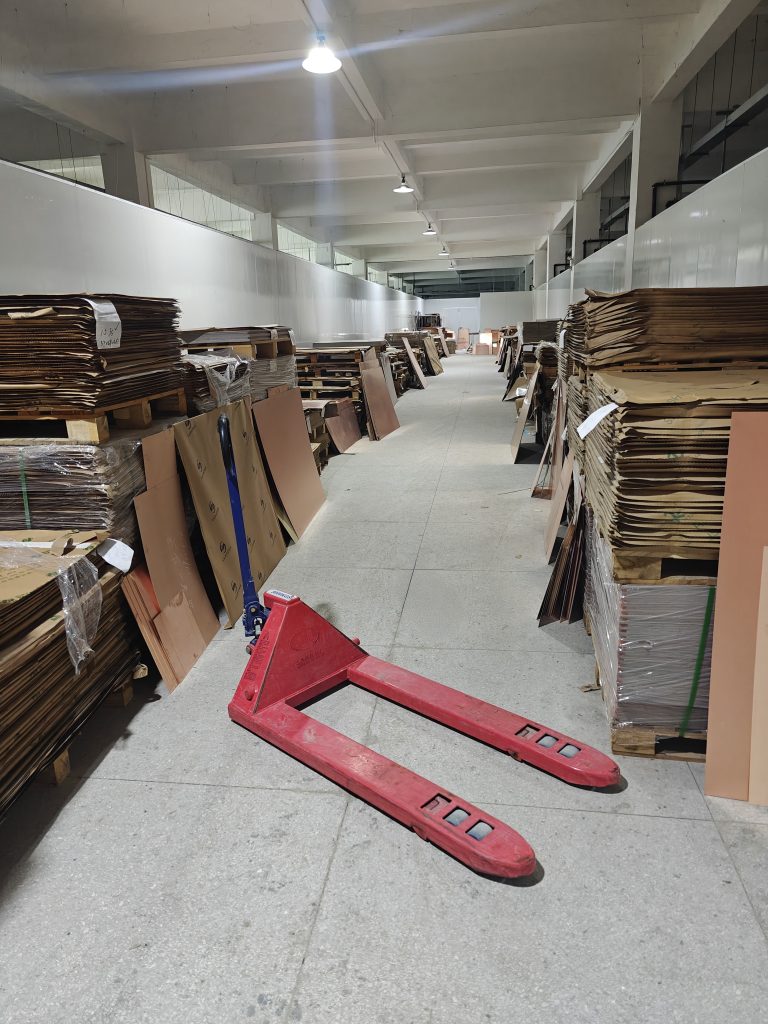In the field of electronics, PCB (Printed Circuit Board) is an indispensable part. The quality and performance of PCB largely depend on the base materials it uses. Today, let’s take a deep look at different PCB base materials and their exact uses.

FR-4 Material
FR-4 is a common PCB base material, which is composed of glass fiber cloth and epoxy resin.
Uses:
Widely used in various electronic devices such as computers, communication equipment, and consumer electronics.
It has good electrical insulation performance, which can effectively prevent short circuits and leakage between circuits.
High mechanical strength can withstand the stress during the installation and soldering of electronic components.
Good heat resistance can maintain stable performance within a certain temperature range.
Aluminum Substrate
Aluminum substrate is a PCB material with a special structure, which is composed of aluminum plate, insulating layer, and copper foil.
Uses:
Mainly used in high-power electronic devices such as LED lighting and power modules.
The aluminum plate has good thermal conductivity, which can effectively dissipate the heat generated by electronic components and improve the reliability and stability of the device.
The insulating layer can ensure electrical insulation between circuits and prevent short circuits and leakage.
The copper foil provides the conductive channel for the circuit.
Ceramic Substrate
Ceramic substrate is a PCB material based on ceramic materials.
Uses:
Suitable for high-frequency, high-temperature, and high-power electronic devices such as radar, satellite communication, aerospace, and other fields.
Ceramic materials have excellent high-frequency characteristics and can maintain good electrical performance at high frequencies.
Extremely high heat resistance and corrosion resistance can work in harsh environments.
Good mechanical strength and stability can withstand the stress during the installation and soldering of high-power electronic components.
Rogers Material
Rogers material is a high-performance PCB base material, which is composed of special resin materials and reinforcing materials.
Uses:
Commonly used in the fields of radio frequency and microwave, such as wireless communication, radar, satellite communication, and so on.
It has a low dielectric constant and low loss factor, which can maintain good signal transmission performance at high frequencies.
Good heat resistance and moisture resistance can work under various environmental conditions.
High mechanical strength and stability can withstand the stress during complex circuit design and installation.
The Importance of Choosing the Appropriate PCB Base Material
Choosing the appropriate PCB base material is crucial for the performance and reliability of electronic devices. Different electronic devices have different performance requirements for PCB, so it is necessary to choose the appropriate base material according to the specific application scenario.
For example, for high-power electronic devices, aluminum substrate or ceramic substrate with good thermal conductivity should be selected; for high-frequency electronic devices, Rogers material or ceramic substrate with low dielectric constant and low loss factor should be selected; for ordinary electronic devices, FR-4 material is an economical and reliable choice.
In conclusion, understanding different PCB base materials and their uses can help us make wiser choices when designing and manufacturing electronic devices and improve the performance and reliability of electronic devices.
The above is some introduction to PCB base materials. I hope it will be helpful to everyone.
